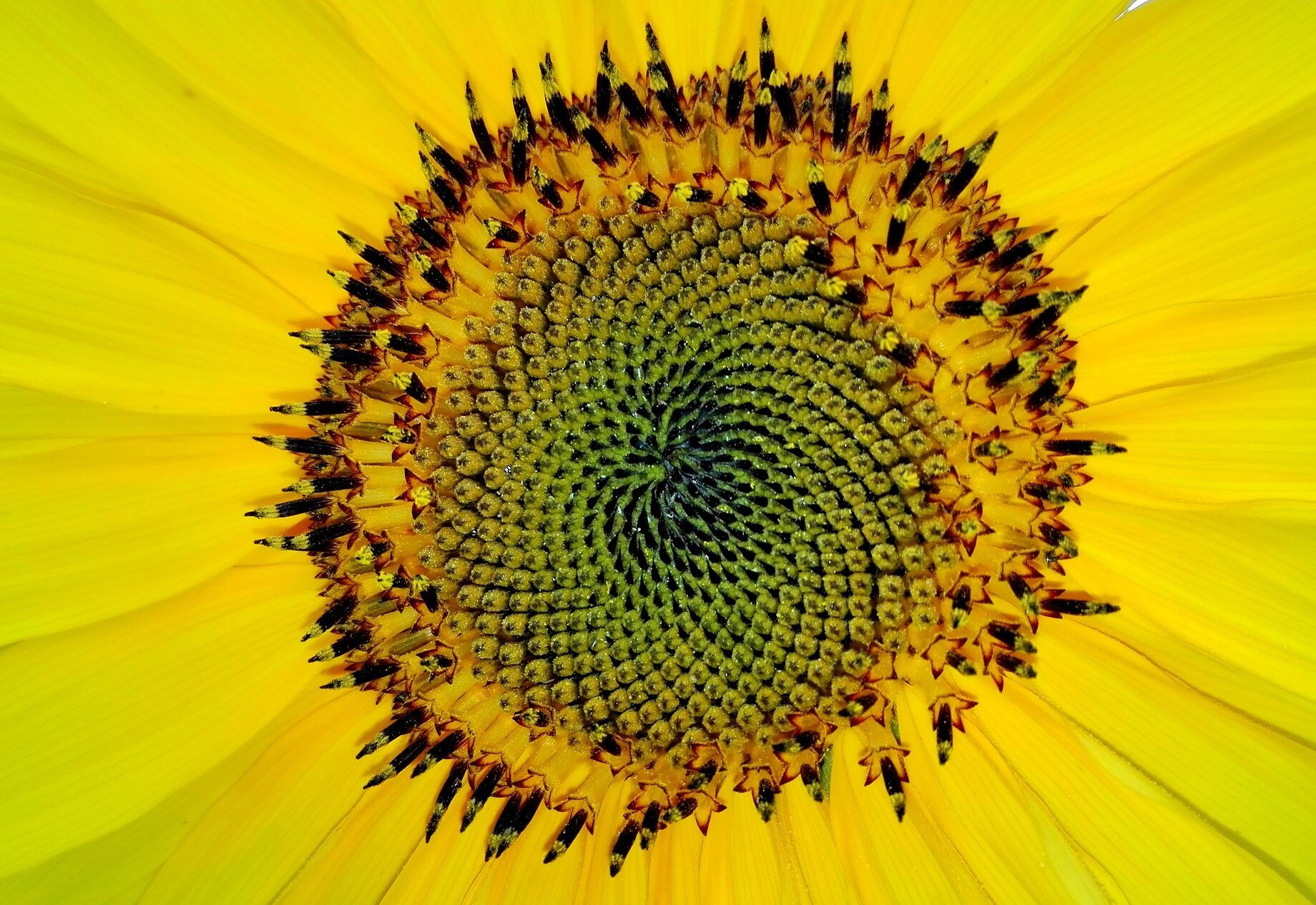Patterns in Nature
Explore Patterns in Nature
Many shapes in nature follow a special spiral pattern, and this pattern has been known as the golden ratio, which was first discussed by ancient mathematicians and philosophers. We can see this pattern in spiral of seashells, seeds in the head of a sunflower, pine cones, aloe, pineapples, cacti, snowflakes, and even in the double helix of DNA.
This pattern is expressed as Fibonacci numbers, named after the Italian mathematician Leonardo of Pisa (also known as Fibonacci), who introduced this pattern to European mathematicians. Previously this pattern was discussed much earlier by several Indian mathematicians.
Fibonacci numbers are a sequence in which the third number is the sum of the two preceding numbers: 0, 1, 1, 2, 3, 5, 8, 13, 21, 34, 55, 89, 144, into infinity. The ratio of two consecutive Fibonacci numbers is the golden ratio. In mathematical form, we can write this as: (a+b)/a =ɸ. Where ɸ (called phi) is an irrational number that starts out as 1.6180339887... ∞.
Why does nature have this specific pattern?
There is no definitive answer to this question. Scientists have pointed out many benefits of this pattern, which could be a reason that these patterns are preferred by nature. One key feature of this pattern is that a structure can grow in size without affecting the stability of the structure. So, the nature uses this pattern for stable growth of a structure.
On many types of trees, the leaves are aligned in this specific spiral pattern. The scientists speculate that for plants the spiral arrangement of leaves maximizes the sunlight exposure, which is critical for the plant’s growth. You can read more about it here: https://core.ac.uk/download/pdf/58824887.pdf
Are there other special patterns in nature?
Once you start looking at nature with the intent of finding a pattern, you can find patterns everywhere. Fractal is another repeating pattern that is mostly found in nature. A fractal is a never-ending geometric pattern. In a fractal, a pattern is repeated in the same way, appearing as smaller and smaller versions.
We’ve got an in-depth article to help you observe fractals in leaves around you and create your own fractals. Check it out at this link: https://www.sasksciencecentre.com/real-science-real-fun/fractals-math-is-written-in-the-leaves.
Want to take your outdoor exploration adventures to the next level?
We’ve got a special kit for that!
The Out of the Box Outdoor Science kit is packed with fun experiments and activities for kids to explore science in the outdoors!
Kids will get to explore leaves, campfires, bugs, animal poop, tornadoes, microorganisms, sunshine, and stars. Yes, we’ve packed all of these fun activities in a little portable box for kids to take along wherever they plan to hang out this summer - campsites, parks, or even their own backyards.
Loving this content? Make a donation to the Saskatchewan Science Centre!
#letssciencethis #SaskScienceCentre #AtHomeWithCASC #ScienceChampions #ScienceAtHome #realsciencerealfun



